introduction
Selecting the perfect Best LVT Flooring Shop can make a difference when improving your home’s interior. In Dubai, where style and functionality go hand in hand, luxury vinyl tile (LVT) flooring has become popular. If you want to boost your space, this guide will walk you through the best LVT flooring shop in Dubai and help you select the perfect one for your needs. From quality thoughts to installation methods, we’ll cover everything you need to know to make an informed decision.
Understanding LVT Flooring
Luxury Vinyl Tile (LVT) is a type of resilient flooring that simulates the appearance of natural materials like wood or stone but offers excellent durability and water resistance. LVT flooring is a universal and cost-effective solution, making it a top choice for residential and commercial spaces. With advanced printing and embossing methods, luxury vinyl tiles can replicate authentic materials’ texture and grain patterns, providing a high-end look without the high-end price tag.
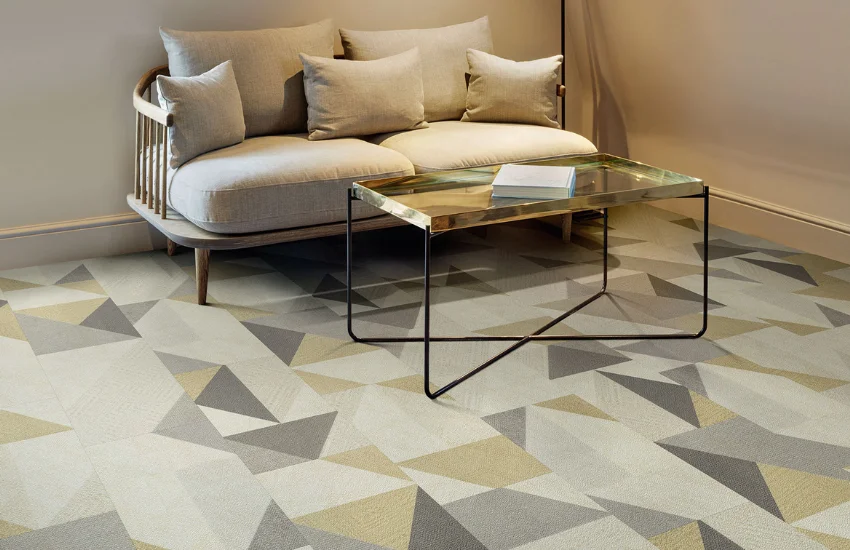
Why Choose Our LVT Flooring Services?
Our flooring offers several advantages that make it an attractive option:
Durability:
LVT flooring is known for its wear coatings, which protect against scratches, dents, and dyes. This makes it ideal for high-traffic areas like kitchens, hallways, and living rooms.
Water Resistance:
Unlike hardwood or laminate flooring, LVT is water-resistant, making it suitable for bathrooms, laundry spaces, and kitchens.
Versatility:
With a vast range of styles, colors, and patterns, LVT can match any interior design theme, whether you like a contemporary, rustic, or traditional look.
Easy to Clean:
LVT flooring needs minimal maintenance. Regular sweeping and occasional mopping keep it clean, making it a practical option for busy families.
Cost-Effective:
Compared to natural wood or stone flooring, LVT is more affordable while offering a similar aesthetic charm. It provides excellent value for money without compromising on style and quality.
Features to Consider When Choosing LVT Flooring
Choosing the perfect LVT flooring includes considering different factors impacting your space’s look, feel, and functionality.
Quality of LVT Flooring
The quality of LVT flooring can change significantly. Look for options with a high wear coating, typically 12 to 20 mils. A thicker wear layer provides better protection against daily wear and tear. Further, check the core material. A rigid core LVT is more durable and stable, decreasing the chances of dents and warping over time.
Design and Style
This flooring has many designs that simulate natural materials like wood, stone, and ceramic tiles. When choosing a design, consider the overall theme of your home or office. For a modern look, opt for sleek, dark shades or light, minimalist tones. For a rural or traditional feel, wood-look LVT with realistic grain patterns can add warmth and texture to your space.
Installation Method
These flooring can be installed using various methods, including:
Glue-down:
This method involves adhering the tiles directly to the subfloor with adhesive. It provides a stable and secure fit, making it suitable for spaces with heavy foot traffic.
Click-lock:
This is a floating floor method where tiles are clicked together without adhesive. It’s quick and easy to install, making it a popular choice for DIY projects.
Loose lay:
Loose lay LVT features a friction grip backing that holds the tiles in place without glue or nails. It’s ideal for temporary installations or areas where you need to replace individual tiles quickly.
Thickness and Wear Layers
The thickness of LVT flooring impacts its comfort underfoot and sound insulation. Thicker LVT is more comfortable to walk on and reduces noise, making it a good choice for apartments or homes with multiple levels. Wear layers to protect the design layer from scratches and stains. A thicker wear layer ensures longevity, especially in high-traffic areas.
Water and Stain Resistance
LVT’s water resistance makes it a perfect flooring solution for moisture-prone areas. Look for products that offer enhanced water resistance for bathrooms, kitchens, and basements. Additionally, stain-resistant LVT ensures spills and dirt don’t leave lasting marks, preserving the aesthetic appeal of your floor tiles.
Ease of Maintenance
Choose LVT flooring that is easy to clean and maintain. Some LVT options contain antimicrobial coatings that inhibit mold and bacteria growth, making them a healthy selection for families with children or pets.
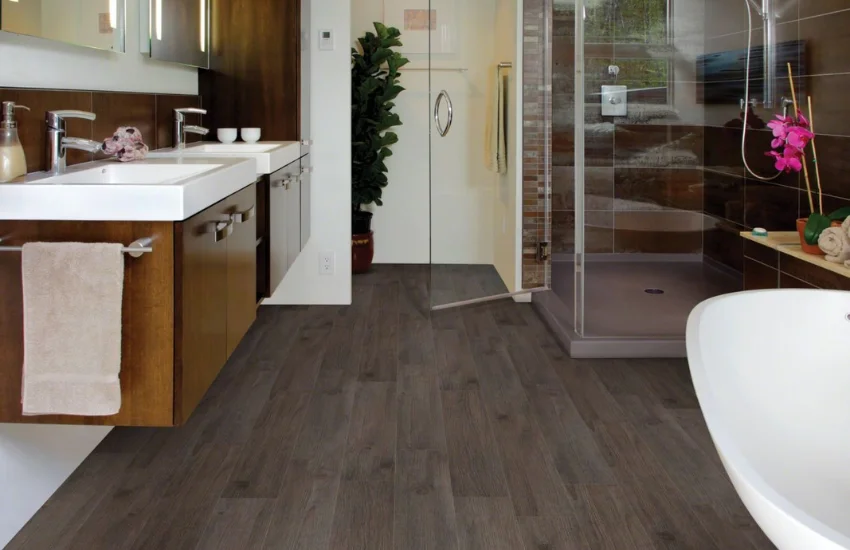
Best LVT Flooring Shop in Dubai
Dubai has several reputable flooring shops offering a wide selection of LVT flooring. When searching for the best LVT flooring shop, consider the following factors:
Product Variety:
A top LVT flooring shop should offer different styles, dyes, and textures to suit different preferences. Look for shops that provide various flooring treatments, including wood-look, stone-look, and modern tile designs.
Quality Assurance:
The best shops provide high-quality, durable, and long-lasting LVT products. Check for certifications and warranties that indicate product reliability and quality.
Professional Installation Services:
Expert installation is crucial for the longevity of LVT flooring. Look for shops that offer professional flooring installers with experience in LVT installation. They can ensure a flawless finish and proper installation methods.
Customer Reviews and Reputation:
Research online reviews and testimonials to gauge the reputation of the flooring shop. A shop with positive feedback and high customer satisfaction will likely provide quality products and services.
Competitive Pricing:
While quality should be maintained, searching for a competitive shop is essential. Compare prices across different shops to find the best value for your budget.
How to Choose the Perfect LVT Flooring
Selecting the perfect LVT flooring involves more than just choosing a design that matches your decor. Here are some tips to help you make the right choice:
Assess Your Needs
Consider your space’s specific needs. Choose LVT with a thick wear layer for high-traffic areas to ensure durability. In moisture-prone areas, opt for water-resistant or waterproof LVT to prevent damage.
Sample Before You Buy
Many flooring shops in Dubai offer samples. Take advantage of this by testing different LVT options in your space. Observe how the colors and textures look under various lighting situations and how they complement your existing decor.
Consider Comfort and Acoustics
If comfort and noise reduction are priorities, choose thicker LVT with a cushioned backing. This provides a softer feel underfoot and reduces noise, g creating a suitable e for bedrooms, living rooms, and multi-level homes.
Evaluate the Installation Method
Selecting an installation method that fits your needs and skill level. If you’re a DIY enthusiast, click-lock LVT may be the best option. For a more permanent and professional finish, consider glue-down installation.
Look for Additional Features
Some LVT flooring options come with added features such as UV resistance, which prevents fading from sunlight, or antimicrobial coatings, which enhance hygiene. Consider these features based on your space’s specific requirements.
Budget Wisely
While LVT is generally more cost-effective than natural materials, prices vary based on quality, design, and additional features. Set a budget and stick to it, but be willing to invest in higher-quality LVT for long-term satisfaction.

Conclusion
Finding the best LVT flooring shop in Dubai and choosing the perfect LVT flooring doesn’t have to be daunting. You can create a well-informed conclusion by understanding the critical features of LVT, assessing your specific needs, and considering factors such as quality, design, and installation methods. Whether you want to revamp your home or upgrade a commercial space, luxury vinyl tiles offer a versatile, durable, and aesthetically pleasing flooring solution. Visit a reputable LVT flooring shop in Dubai to explore a vast range of choices and transform your space with the elegance and practicality of LVT flooring.
Recent Posts
Archives
Categories
- Artificial Grass
- best carpet for office in dubai
- Blinds Installation Services
- Blog
- Business
- carpet
- Carpet Underlay
- Carpets Installation
- Curtain installation
- Curtains
- Exhibition Carpet
- Flooring
- Flooring Suppliers in UAE
- Garage Flooring
- LVT Flooring
- Mosque Carpet
- parquet flooring
- Persian carpets
- Roman Blinds
- Self-Leveling
- services
- Shaggy rugs
- Sisal carpet
- stair carpet
- vinyl flooring
- Wall-to-Wall Carpet
- Wallpaper

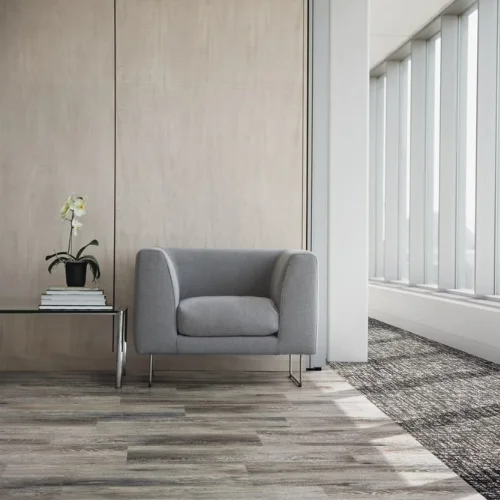
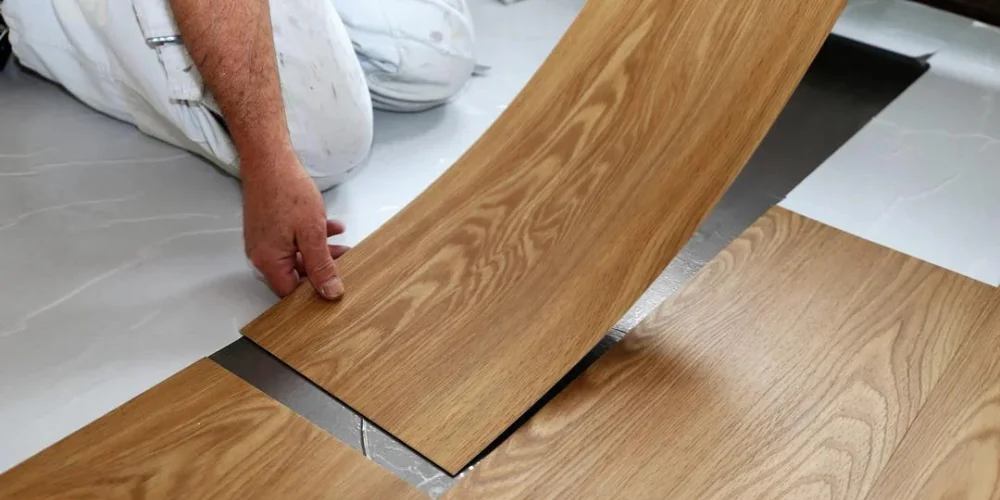
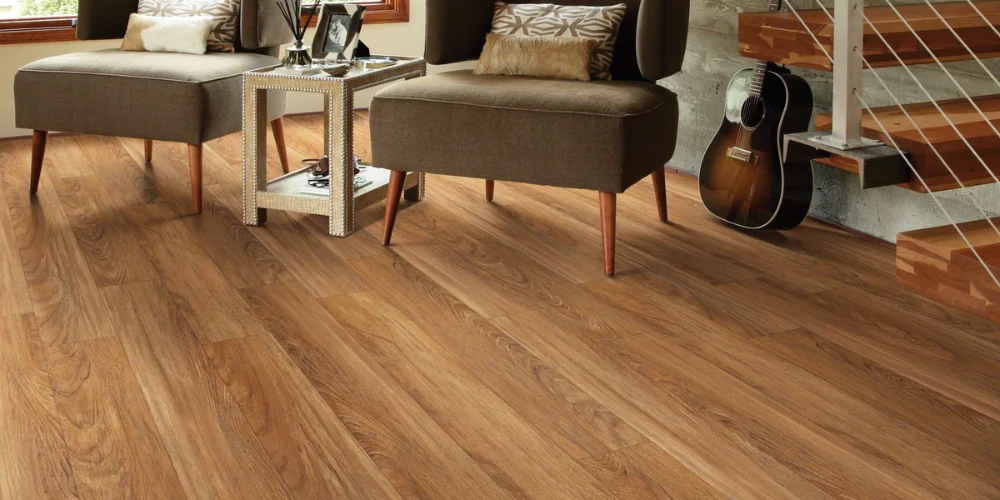
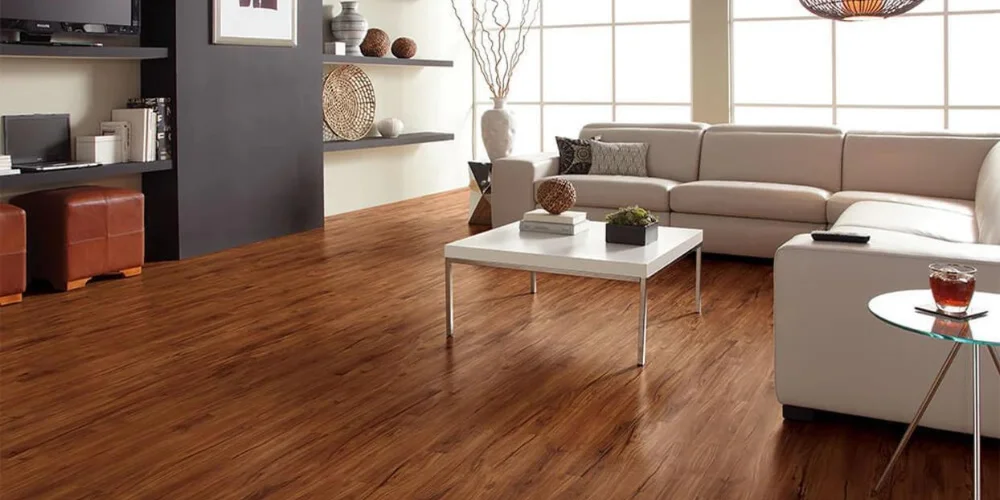
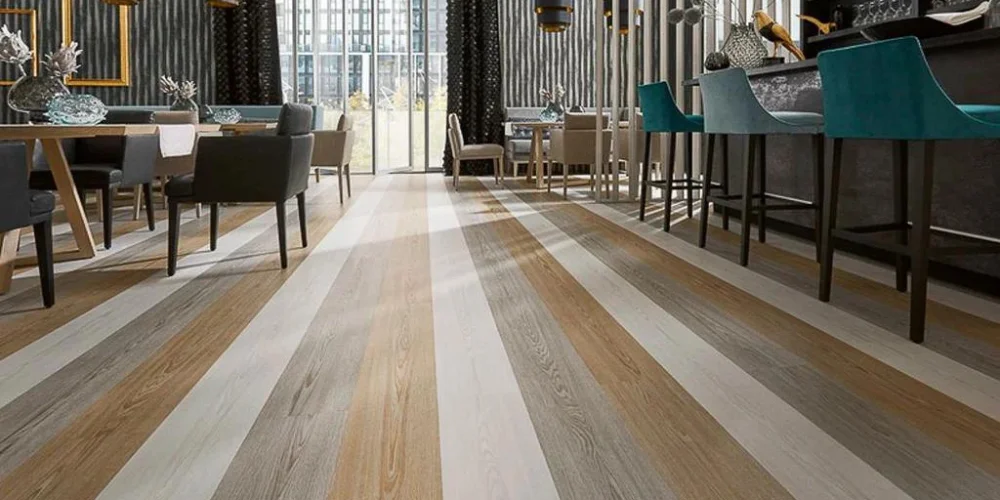
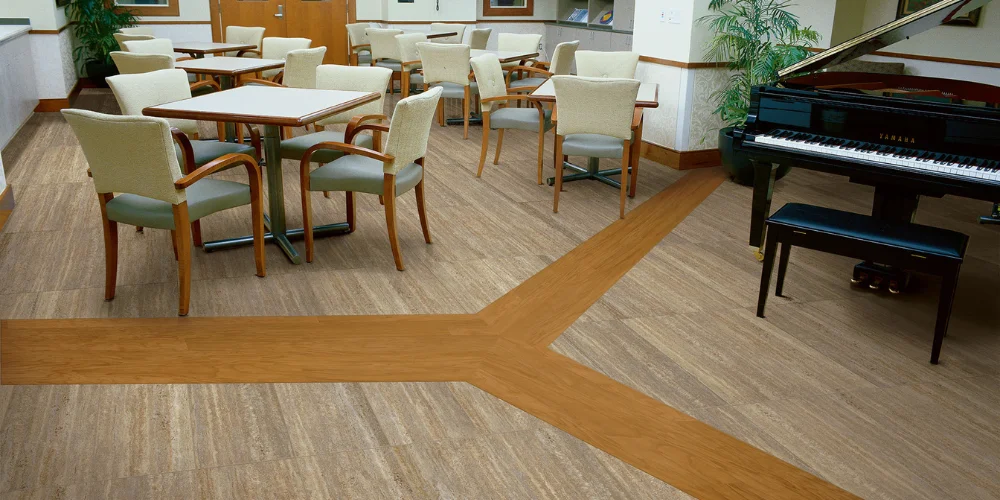
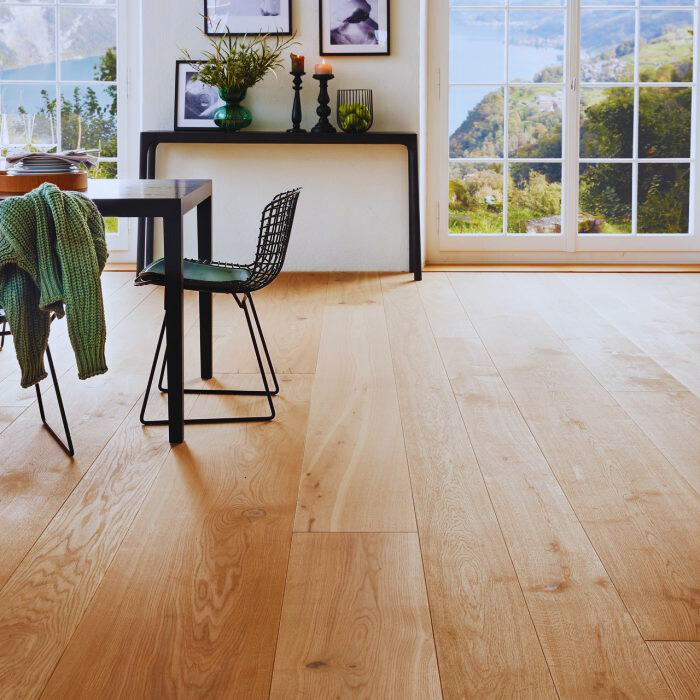




Recent Comments